Glen D. Witte
October 30, 2024
It seemed like I had barely found a tiny bit of sleepy comfort on the couch, doing my best to delay the start of the usual weekend chores. Surely it was much too early to get to work, when dad walked into the living room and said, ALet=s go.@
The spring morning felt hot, already, and I was still missing some sleep. I was not at all interested in leaving the sanctuary of Mom=s relatively cooler house for the dusty, windy, sun-baked Badland prairie we called home. Third Grade was fun, I guess, but Saturdays should preserve some play time. Not work, work, work. Right? Surely a 10-year-old boy could have at least a few minutes to read a Roy Rogers story or a Superman comic book.
I said, AWhere are we going?@
ATo Grass Creek,@ was his laconic reply. I had no hint the trip would cast in stone my destiny.
Dad slipped into the driver’s seat of the red 1959 Chevy pickup and shut his door. I climbed into
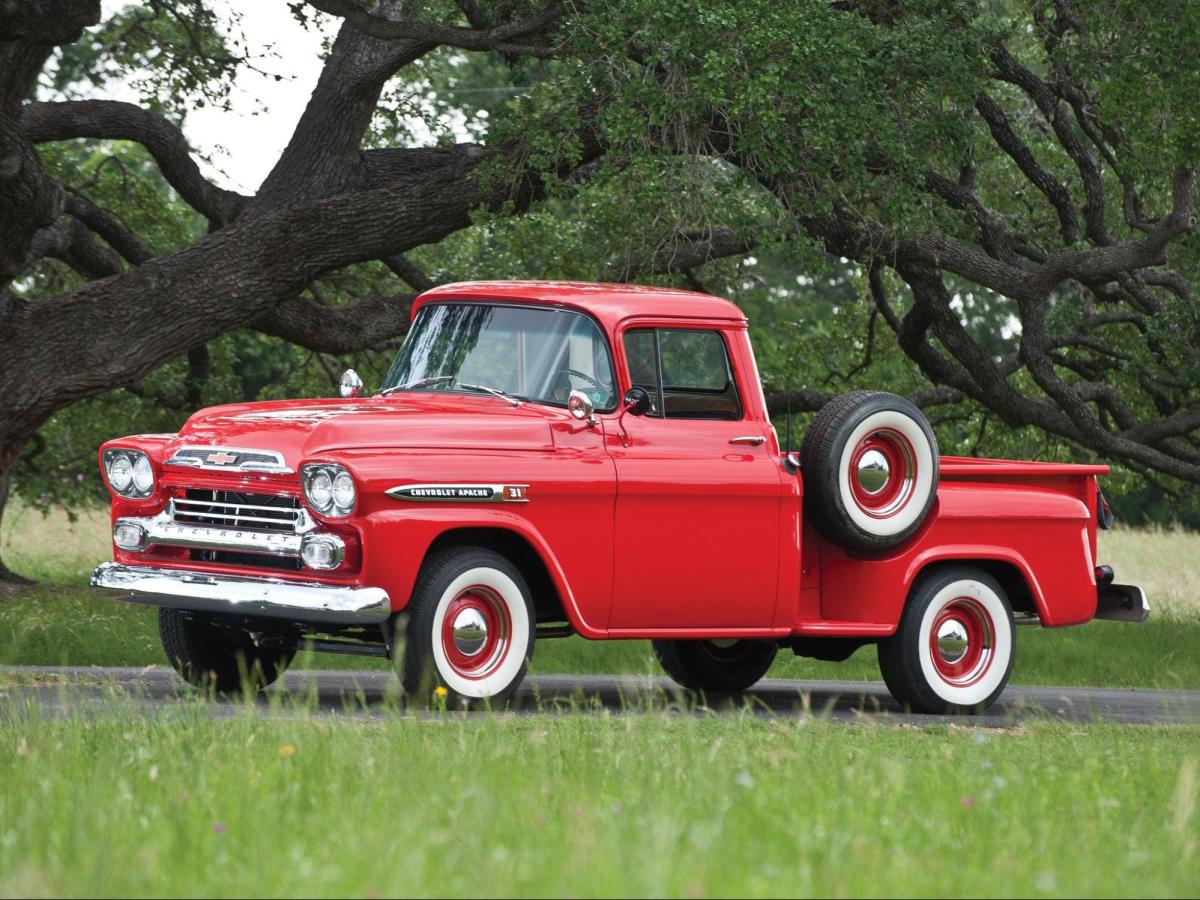 the passenger seat and rolled down the window a little and slammed the door. The pickup was nearly new, only about two years old. The door wouldn’t slam shut unless some air pressure could escape the tightly sealed cab. I did not have the experience to really make an independent judgment, but Dad said the pickup was better than the Willys Jeep he had used as his prior mode of transportation on the ranch. I grew to love that pickup. It was easy to drive. I loved the four-speed manual transmission.
the passenger seat and rolled down the window a little and slammed the door. The pickup was nearly new, only about two years old. The door wouldn’t slam shut unless some air pressure could escape the tightly sealed cab. I did not have the experience to really make an independent judgment, but Dad said the pickup was better than the Willys Jeep he had used as his prior mode of transportation on the ranch. I grew to love that pickup. It was easy to drive. I loved the four-speed manual transmission. 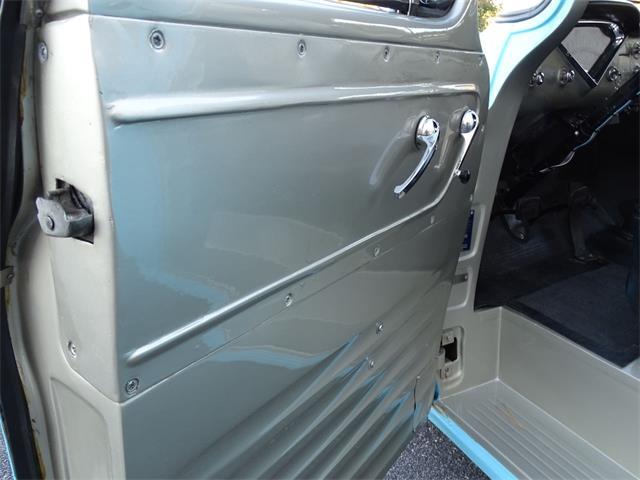 It became part of my family. When Dad traded if for a replacement that had an automatic transmission, I mourned its loss like a death in the family.
It became part of my family. When Dad traded if for a replacement that had an automatic transmission, I mourned its loss like a death in the family.
Dad seemed to drive slowly today. At the County paved road, I opened the gate.
Dad drove through and I struggled to close the gate to keep the livestock home inside the field.  There were about a million more gates on this road. It finally came to me why dad brought me along.
There were about a million more gates on this road. It finally came to me why dad brought me along.
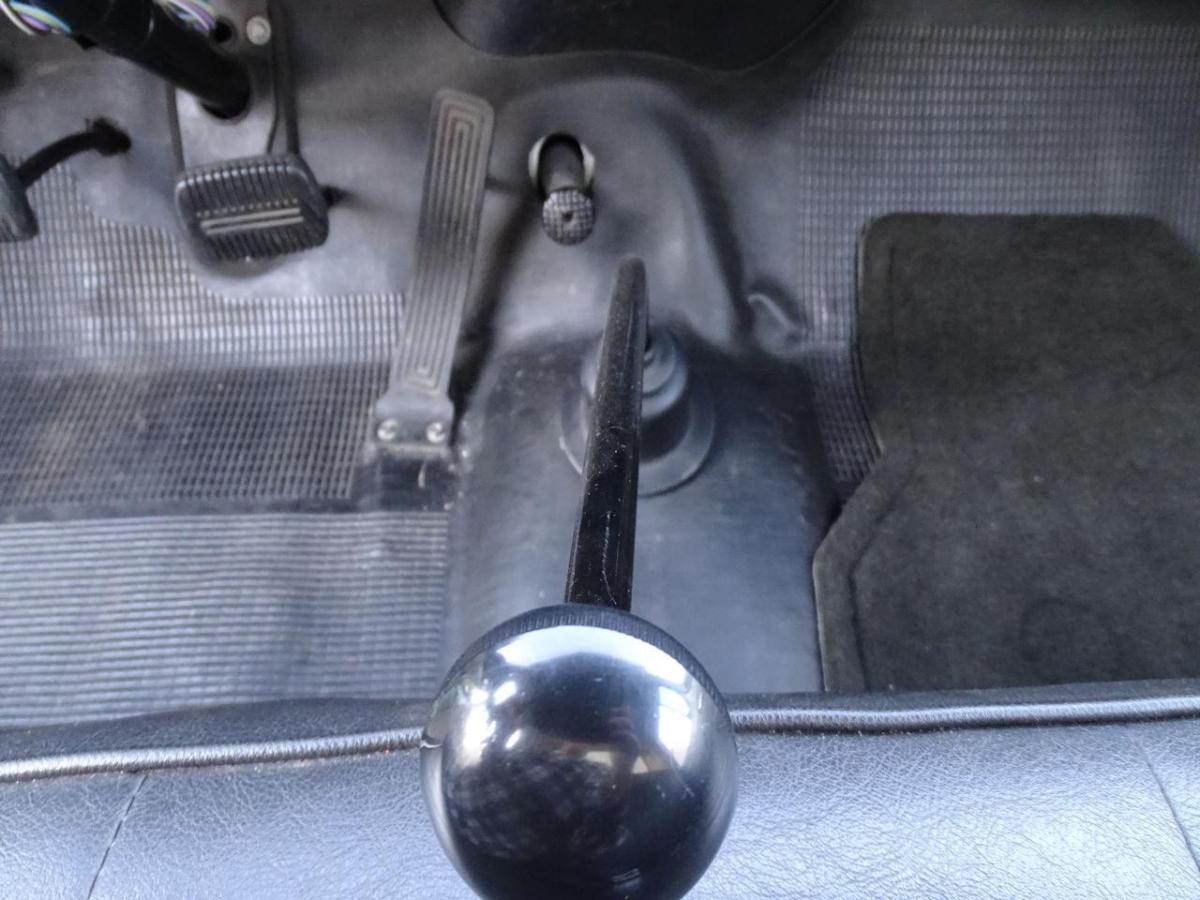
We drove on the paved highway about a half mile south and turned off onto the Grass Creek Road, which was not graveled. It was usually bladed smooth, but many years of blading by the tribal road maintainer had made it a ditch about two feet deeper than the prairie. 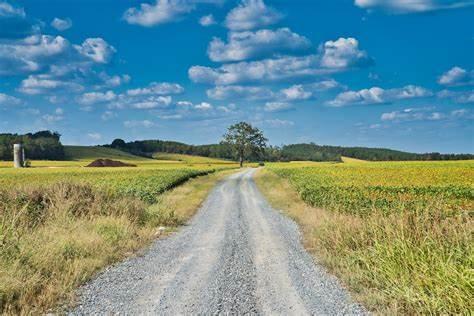 Rainwater made the road a muddy trap for the unwary. Wintry snows did the same. The wheel tracks in the grass paralleling the road were the bad weather road. The pickup and its Posi-traction differential made the two-wheel-drive pickup a reliable trail blazer.
Rainwater made the road a muddy trap for the unwary. Wintry snows did the same. The wheel tracks in the grass paralleling the road were the bad weather road. The pickup and its Posi-traction differential made the two-wheel-drive pickup a reliable trail blazer.

At the next gate we turned south along a section line fence following what soon became merely two wheel ruts. We passed, not too close, the low boggy place where I could still remember all four Jeep wheels spinning helplessly and shooting mud balls into the air as the soggy mud held the Jeep=s body in its tractionless goo. Two broken fence posts and a good one had sacrificed their wooden bodies to help the Jeep climb from its mire.

Another two miles and two more gates and we were inside the Grass Creek wheat field. The wheat field was on a higher elevation and the soil was much better suited to cultivation. The soil was sandier, less chalky, better at holding moisture, and had been farmed by Granddad since Dad was about 10 years old. As the University Agricultural Extension Agent suggested, Dad and his father had practiced strip farming. That is, the practice of planting one strip this year and leaving the other strip fallow and plowed free of weeds. The fallow strip would absorb enough rainfall to grow a crop next year.

We drove to the orange Allis Chalmers tractor and its three bottom plow that was stopped along the edge of the field. No operator (hired man) was in sight. Dad got out and seemed to merely twiddle with the tractor. He stood beside the tractor in front of one of its large rear tires. I could not see that he was doing anything. He mumbled something about Awrong settings@ and Ano traction@ and Aweight shift.@ Dad gave me no instructions and did not seem to need me. I returned to the shade of the pickup cab. I left the door open for what little whiff of breeze might come along to cool my tired impatience.
I could see no sign of human life in any direction. Home seemed like a thousand miles way. The only houses I knew of were those of Joe Angel and Clancy Kocher and Bob Johnson and the Flying Hawks now hidden by the trees lining Wounded Knee Creek in the distance.
The still quiet of the field was intensified by the buzzing of a few skinny bees looking for pollen in violets and cactus blossoms. An occasional grasshopper would cease its sawing and spring to a new blade of grass to slobber its tobacco juice in a munching frenzy. I kept an eye peeled for the possible rattlesnake that might decide to crawl near for a bit of shade under the pickup. None of those things minimized the sheer and absolute boredom.
After a while I thought I could hear the sound of an engine. It was very faint at first. It seemed to come from across the field. The sound of the engine seemed to come from the southwest, where was no road. The steep, sandy, hills made travel by auto extremely difficult in that direction. As those thoughts slowly percolated through my somnolent brain, my father seemed to hear the same engine and glanced toward the sound but with little reaction. He knew there was no road that way. Didn’t he?
My curiosity slowly awakened and I searched the horizon for a glint of sunlight on a windshield, or a trail of dust rising from the wheels, or the rise and fall of the sound as the vehicle drove up and down the hilly terrain. But none of those normal signs of travel were apparent. Yet the sound did steadily increase in volume. It had to be something more than the sound of wind between the hills.
My gaze was finally rewarded with a spot in the sky. A hawk perhaps, or more likely, a buzzard circling a carcass of a cow that did not survive the winter. But the spot grew and I soon confirmed that it was an airplane. An Airplane! Never had I seen an airplane flying so low. Of course I had seen big bombers flying overhead. But they were always thousands of feet, maybe more than a mile, up in the air. Likely flying from the Air Base at Rapid City
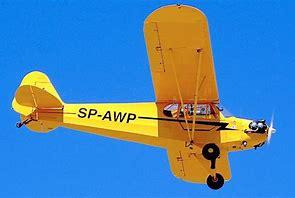
But this plane was coming closer! It was beautiful. Yellow. Big wings. Noisy motor out front. Wheels hanging down. And it was low! I could actually see the plane! I could see details!  It was marvelous! It passed nearby and I was thrilled to be so close. But then, sadly, it passed on by. It went past the hill behind the pickup. It went out of sight. Its sound was lost. Its passing was much too soon.
It was marvelous! It passed nearby and I was thrilled to be so close. But then, sadly, it passed on by. It went past the hill behind the pickup. It went out of sight. Its sound was lost. Its passing was much too soon.
I glumly settled back into the seat of the pickup and dreaded the boredom that would surely be my lot for the rest of the day, if Dad did not decide to go home some time today.
But then there was a low rumble of an engine behind the pickup. I jerked up and saw that wonderful airplane flying right toward the pickup. And then its wheels were bouncing along the ground in the wheat stubble not yet plowed by the tractor. And then it stopped, right by the pickup! I was amazed! I was thrilled again!
A man lifted his leg and slid out of the plane and ducked under the wing. He said, AHi Dale.@
Dad said, AHi Earl. I have been looking at the hydraulics on this new tractor but I can=t seem to get the setting right. I thought the hydraulics would give the drive wheels more traction in this kind of soil. But it is not working.@
Earl said, Alet=s see what we can do. I brought the manual along and my tool box. I think we can fix it.@

I heard no more of their conversation. The plane riveted my attention. Two tires in tandem on each side of the plane seemed to absorb the shocks and bumps that would have rattled any car to pieces going that fast across the field. The door on the side of the plane split in half. One half folded down and one half folded up and seemed to hook under the big wing overhead.  There was not much inside. A few dials or gauges on the dash. A very light cloth seat hung down behind a gear shifter fastened to the floor like in the pickup. But not much else. Not even a gas pedal on the floor. All I could see was maybe a brake pedal and a clutch pedal. Or maybe two brake pedals, like the tractors have. But no gas pedal.
There was not much inside. A few dials or gauges on the dash. A very light cloth seat hung down behind a gear shifter fastened to the floor like in the pickup. But not much else. Not even a gas pedal on the floor. All I could see was maybe a brake pedal and a clutch pedal. Or maybe two brake pedals, like the tractors have. But no gas pedal.
It was a dream! A thrill. An amazing thing! To even think that the flimsy, clumsy, conglomeration of wire and pipe and paint could actually lift a grown man into the air. It was miraculous!
I wanted a ride in it. I wanted to drive it. I wanted nothing more in the world than to fly!
Way too soon it became evident that Earl had fixed Dad=s hydraulics problem and was ready to fly back to Chadron. Way too soon!

Earl reached through the open door and pushed a few levers inside the plane. He stepped to the front of the plane and jerked a propeller blade. The engine fired into life, much like a tractor engine when I turned it with a crank. He hopped into the plane and in a minute revved the engine to make the plane move out if its own dusty tracks. The propeller blew up a huge cloud of dust and I had to cover my eyes to avoid instant blindness. I ran for shelter in the pickup and before I could look again the plane was already lofting into the sky and starting to disappear to the southwest.
Dad said the plane was a Piper Cub and Earl Henkens used the plane in his implement sales business and could get around much faster in the plane than he could in a car. A car would take at least two hours to drive to Chadron but Earl=s plane would make the trip in about 45 minutes.
Earl Henkens’s Cub was the first airplane I was able to touch, to smell, to peek into its cockpit. I remember that introduction to the Cub like it was yesterday, even though it took place more than 60 years ago. My destiny was cast in stone. I would fly. Everything else was secondary.
Since then, I did learn to fly. I could fly above the clouds. I could fly in the clouds. I could fly over fields and the waters and the prairie. Some day, I will be a jet fighter pilot, I am sure. That tiny airplane parked in a wheat field was the trigger for a lifelong destiny to fly, an idea first introduced to this cub by a Cub.



